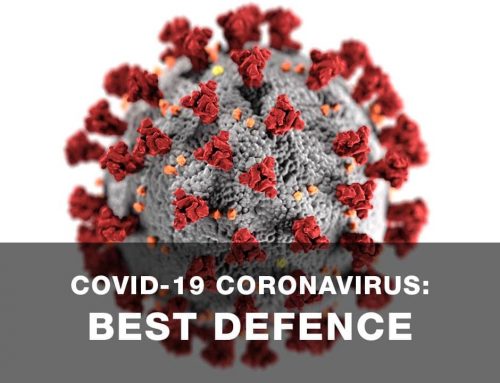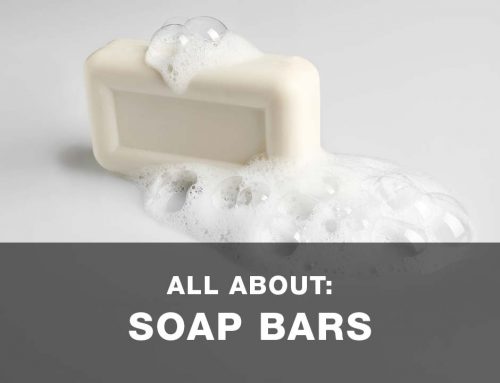
HOW TO DECODE THE INGREDIENTS LABEL ON YOUR SKINCARE
(AND WHY IT’S SUPER IMPORTANT!)
With a growing trend for natural skincare, there have been numerous faux-natural products jumping onto the natural bandwagon, learning how to spot a true natural skincare product has never been more important. Whether it’s a £10 moisturiser or a £100 specialist cream from an upscale spa, the first thing you need to look at is the ingredient list on the label.
What makes the actual difference to your skin is not the pseudoscientific claims, the multi-million-pound ad campaigns, the fancy packaging or the arty design on the label…. It’s the ingredients inside.
That’s why it’s so important to become an informed consumer and be aware of what you’re ACTUALLY putting on your skin. We know that deciphering what’s in your skincare products can feel daunting. These lists often include intimidating words you’ve never heard of, usually printed in the smallest font possible (Yep, we are guilty of this, so little space – so many natural ingredients to list) and you are left wondering if the list is written in gibberish or English (Spoiler alert – it isn’t, mostly!)
So here’s my 5 simple tips to ensure you get the best skincare products, all by reading and understanding the label:
1. START WITH THE BASICS
In the EU and most of the world, ingredients are labelled using the International Nomenclature of Cosmetics Ingredients (INCI) and in general uses either the chemical name or for plants, the Latin binomial name of the of the plant together with the part of plant used & whether it is an extract, oil, powder, or whatever.
While the names can be bewildering, can you imagine how confusing it would be if each country were to use its own naming system or one ingredients could have several names? The INCI is a blessing in disguise.
2. Order… ORDER!
Ingredients are listed in descending order, starting with the largest amount in the product (usually water) to the least, with any ingredient below 1% listed in any order after the ingredients above 1%.
With the majority of formulations, the first 4-6 ingredients make up the bulk of the formula. So if a product touts a particular ingredient but it is listed near the end of the list with filler ingredients before it, then not much of that ingredient is present and you are best leaving it on the shelf where it belongs.
3. IT’S NOT THE SIZE (OR RATHER, AMOUNT), IT’S HOW IT’S USED THAT’S IMPORTANT
Too much of a good thing can be bad. Yep, that’s true, certain ingredients such as preservatives only need a small amount to be effective, using more would only irritate your skin! With natural essential oils – care must always be taken as in high dosages they can be irritating. Some other ingredients such as anti-oxidants only need a small amount to be effective.
And then there are all the concentrated botanical extracts we use in each item. To pack in much more to every bottle, we use concentrated forms of the botanical extracts and as a result, end up near the bottom of the list, unintentionally ¯\_(ツ)_/¯
4. FOOL ME ONCE, SHAME ON YOU. FOOL ME TWICE, SHAME ON ME
Fragrance (or parfum), is an umbrella term for thousands of other chemicals. Since fragrance is proprietary—meaning manufacturers don’t have to legally share what, exactly, makes up the said fragrance—they can hide some truly nasty & harmful chemicals, like phthalates, associated with damaging the male reproductive system or octoxynols and nonoxynols which break down into persistent hormone disruptors.
What else won’t the ingredients list tell you? The origin of the ingredients or even how it was produced. A perfect example would be our unrefined Argan oil, which means it still has all its beneficial content, intact, whereas the others may choose to refine & undergo a chemical treatment to make sure it doesn’t have a strong odour or colour, removing all the goodies with it.
You also won’t be able to tell from the ingredients list if the ingredient is vegetable derived, animal derived or lab synthetized and that is very important. To take an example, glycerine, one out of many chemicals can be either animal or vegetable derived, if you are a vegan or vegetarian, it may not be suitable for you, unless the suitability is specifically stated on the packaging.
While a budding chemist bordering on the realms of magic, can synthesize a chemical of a nature identical molecule in the lab, the process to create it is not always clean. There can be many contaminants present in the final product – which does not have to be listed on the label, many of these contaminants can be highly irritating to your skin even in extremely small concentrations.
There really is more to a label than meets the eye.
5. UNDERSTAND YOUR INGREDIENTS: KNOWLEDGE IS POWER. POWER IS POWER
Let’s be real, with thousands of ingredients that can be included, no one really knows what they all are or what they all do. Except now, you can. There’s no shame in googling the ingredients on your product label. You have a right to know what’s going on your skin.
Fortunately, there are a few great websites where you can look things up if you don’t know what certain ingredients are:
These ingredient databases does have some flaws though, so please be mindful of the following:
If an ingredient doesn’t have any available scientific data, it is automatically given a low score, regardless of it’s potential irritancy or harm. Also concentration is not taken into account – an ingredient can be harmful at 10% yet harmless at 0.1%. Finally, as mentioned before, while ingredients can have the same name, there is no distinction between the naturally derived & chemically synthesised versions, these can be a world apart, especially when it comes to skin irritancy.
I would go as far as saying that in most cases, ingredient lists are intentionally off putting, after all, the last thing the ‘natural’ mega-brand manufacturers want is for you to actually know what’s in their products… at R10 Labs, we buck the trend by using plain English where possible and describing each ingredient with further detail on our website – the only men’s natural skincare company to do this but suffering with a chronic skin condition, I know how important it is to understand exactly what you put on to your skin.




